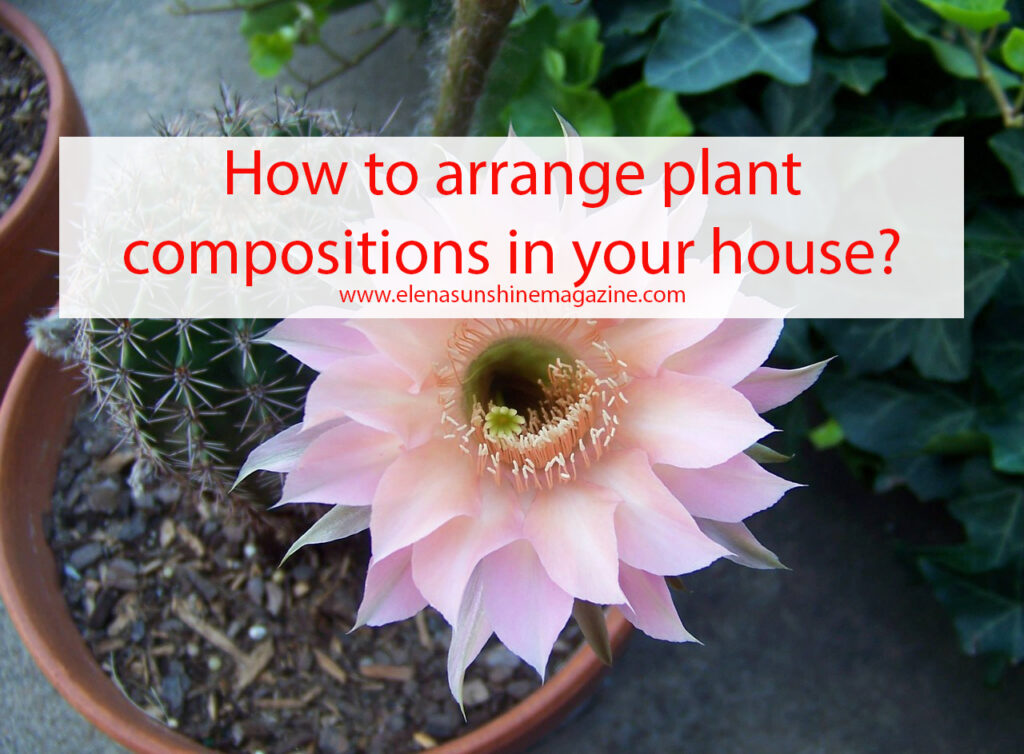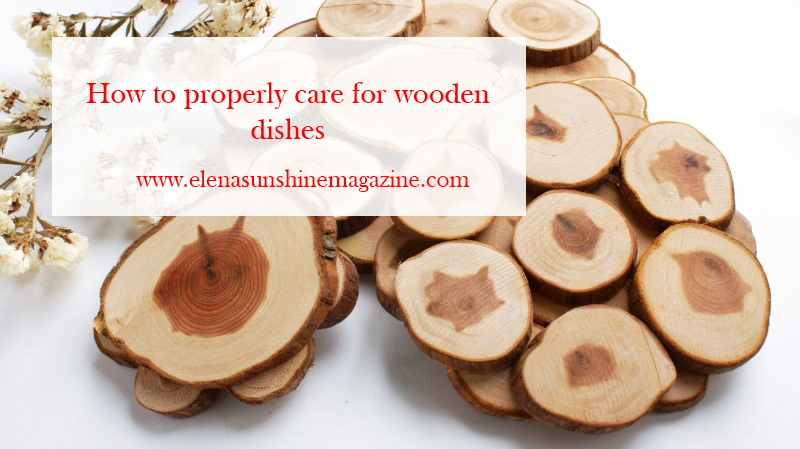How to arrange indoor plants in the house? You can traditionally arrange them on the windowsills. You can buy flower stands and place the pots vertically, at different levels. And you can plant plants in one container – you will get a small indoor flower garden. How to arrange plant compositions in your house?
There are certain rules for creating compositions from indoor plants. Let’s talk about them in more detail.
Rules for making flower arrangements
Group planting of indoor plants will bring a positive result only if all the planted specimens have the same or similar requirements for the conditions of maintenance. To compose a composition correctly, before creating it, pay attention to the following characteristics: irrigation regime, air humidity, soil composition, illumination, temperature regime, periods of growth and rest,
growth rates, and size of an adult specimen.
You need to pick up plants for a flower arrangement and place them correctly. Only in this case, each plant will feel comfortable. And the composition itself will be able to please you with its appearance for a long time.
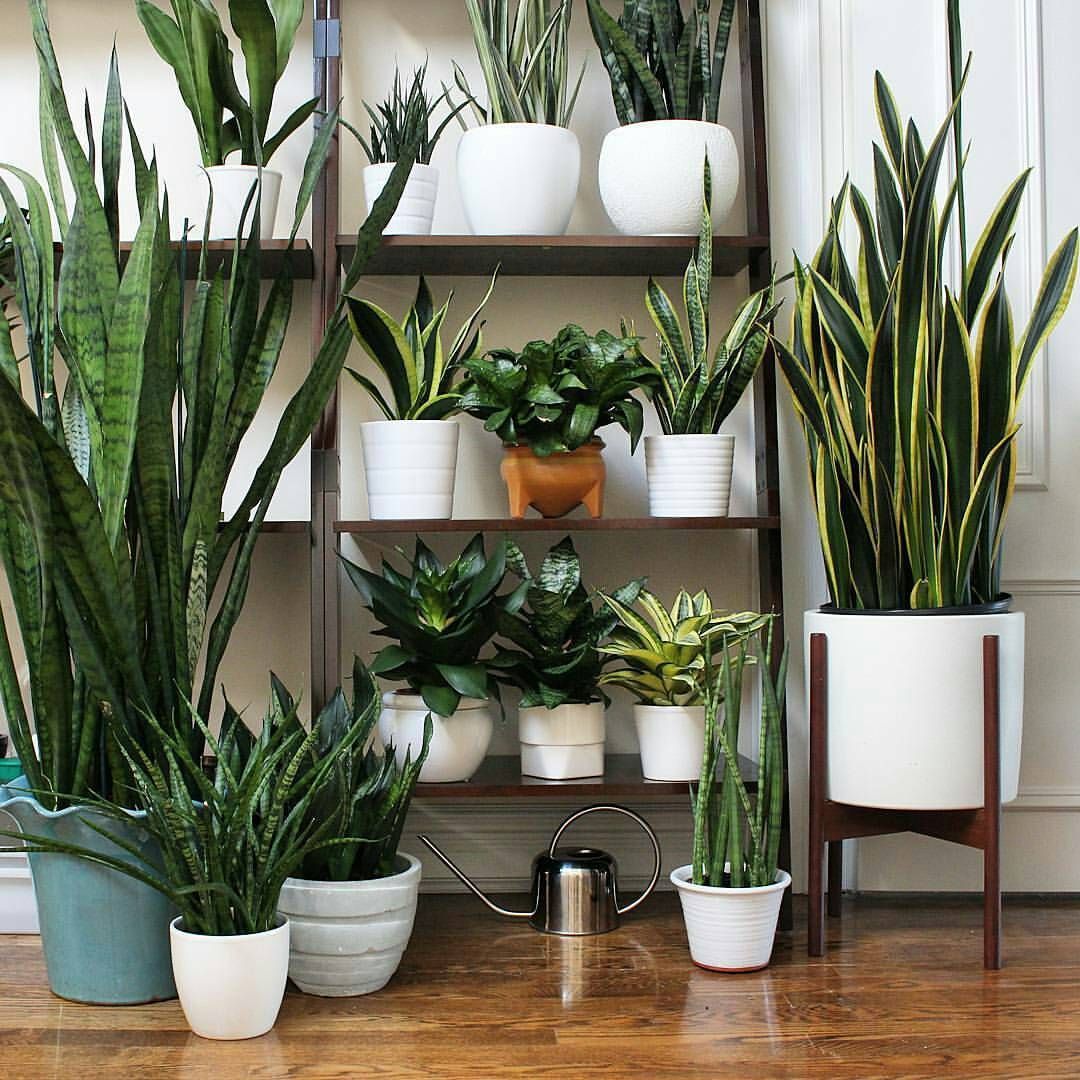
Principles of creating compositions from indoor flowers. How to arrange plant compositions in your house?
#1. Place large plants with a developed root system in a large-volume container. However, it is better not to plant several similar plants in one container.
They will compete with each other and suffer from a lack of light, water, and nutrients. In a cramped container, they will not have enough space for full development. In addition, due to crowding, air circulation is disrupted, which can lead to the occurrence of fungal diseases.
#2. Choose plants that are different in height, and combine erect species with ample. Thanks to this arrangement, plants will not have to fight for a place in the sun – they will all be well-lit. Another advantage of this combination is in the decorative composition: undersized specimens will create a living carpet on the soil surface and cover the unsightly stems of tall plants.
#3. If the composition is located against a wall or in a corner and is viewed only from one side, then the plants are placed in tiers in it. In the background – tall, in the central part – medium-sized flowers, in front – groundcover. In this case, the plants do not shade each other and are completely open to view.
#4. The composition located in the center of the room is made according to different rules. In its central part, the tallest and largest plant is planted, lower ones are placed around it, and the smallest ones are planted on the edges of the container from all sides.
#5. One of the main criteria when making a flower arrangement is the right combination of plants of different colors and textures. Usually in this case, the following rule is followed: if the color of the leaves of the plants is similar, then try to make the textures different.
And, conversely, if the color of the leaves is contrasting, then choose similar textures. Then some plants will favorably shade others and you will get a spectacular, attention-grabbing composition.
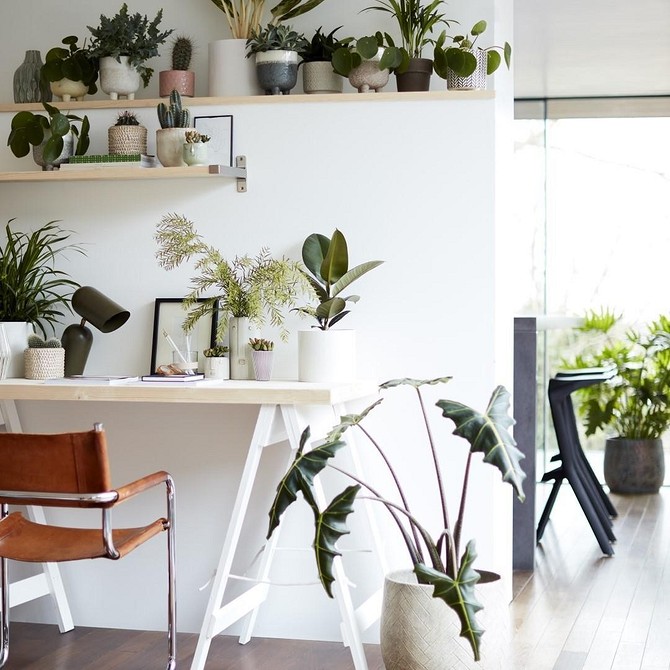
#6. The color of the container is also important when creating a room flower garden. So, a bright container will attract attention to itself. And a simple one to shade the beauty of the flowers that are placed in it.
In addition, when choosing the color of the container, the color scheme and interior style should be taken into account. As for the shades of plants, then, depends on your idea. They can either contrast with the color of the container, or complement its coloring.
Plants for creating compositions of indoor flowers
To create flower arrangements for the house, you can use a wide variety of types of indoor plants: flowering and ornamental, erect and ample, succulents, and groundcover.
Step-by-step instructions for creating a composition of indoor plants:
Pour a drainage layer on the bottom of the container. This is especially necessary if there is no drainage hole in the container.
Place a thin layer of charcoal or activated charcoal on the drainage. Coal improves drainage, destroys bacteria in the soil, and absorbs odors.
Fill the container with soil made up of equal parts of the earth for indoor flowers and soil for cacti and succulents.
You can add a few handfuls of ready-made compost to the soil.
Take the largest plant out of a small pot and plant it in a container. Then alternately plant smaller plants, moving to the edge of the container.
If the soil was wet, then watering the plants immediately after planting is undesirable. The first watering is carried out after the earth begins to dry out.
Lay a layer of mulch on the soil surface. It can have both a useful function (to retain moisture in the soil) and a purely decorative one. As a mulching material, you can use pebbles, glass crystals from needlework shops, shells, moss, small beautiful stones that can be found in every garden, driftwood, bark, and any other material.
Miniature accessories will also enliven the composition, which will help turn the flower arrangement into a fabulous garden or a rustic manor.

Florarium with succulents. How to arrange plant compositions in your house?
Florariums are closed transparent containers that are used for breeding plants. They also include containers with holes: they can be located at the top or on the side. When making a florarium, it is necessary to create a certain microclimate inside it: humidity, temperature, and illumination. All these parameters should be suitable for the plants that are contained there.
Even an inexperienced florist can make a terrarium. To create it, you will need capacity (ceramic, glass, and plastic can be used); plants; drainage (stones, expanded clay, or pebbles); soil; charcoal; decorative ornaments: figurines, stones, and accessories.

What plants can be planted?
The choice of plants for the flerovium depends on what type of landscape you are going to create there. However, there are general rules:
All plants should be small in size, as we plant them in small containers.
Another necessary property is slow growth, otherwise, you will often have to change seedlings in your “mini-greenhouse”.
It will be easier to take care of the florarium if all the crops planted there have similar requirements for living conditions.
It is worth mentioning separately about moss. Moss is used to covering empty areas of the landscape, and sometimes as an independent element. It is worth mentioning moss separately. The center of the composition is a soft carpet made of moss.
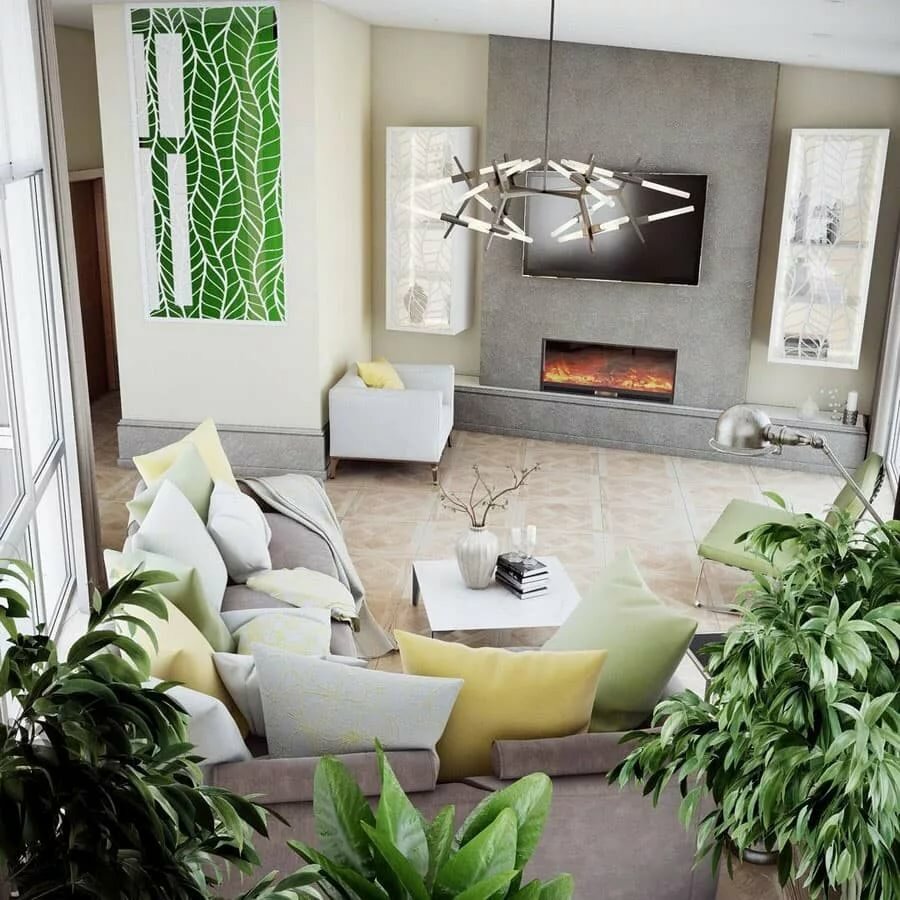
How to care for a florarium. How to arrange plant compositions in your house?
Care largely depends on the type of florarium that you have created. Recommendations:
#1. Do not put the florarium under direct sunlight.
#2. Carefully monitor the moistening of the soil in small vessels, especially open ones, as it dries up quickly. Water florariums with tropical plants more often, 1 time in 2-4 weeks is enough for desert plants;
#3. Monitor the condition of the plants in your mini-garden. In a timely manner, cut off or trim dried leaves, and change diseased plants for new ones.
#4. Tropical plants, especially those growing in an open florarium, moisten from time to time with a spray gun.
Indoor flower beds do not require special care. The main thing in care is watering. The frequency of watering depends entirely on the needs of plants growing in a home flower garden.
In addition to watering, regularly inspect the composition and remove dried leaves and wilted flowers. If a plant feels bad or has become too big, replace it with another one. If traces of insect pests appear, immediately remove the affected parts and treat the plants.
As for fertilizing, indoor flower beds are fertilized very rarely, only if the flowers clearly show a lack of nutrients. In this case, once a year, in the spring, feed your composition with a liquid complex fertilizer for indoor plants or succulents.
Plants lift our spirits and help us feel more relaxed and protected. The benefits of plants are also that they help to cope with loneliness and depression. Taking care of a living organism gives a sense of satisfaction, especially when the plant that we have lovingly taken care of begins to bloom.

